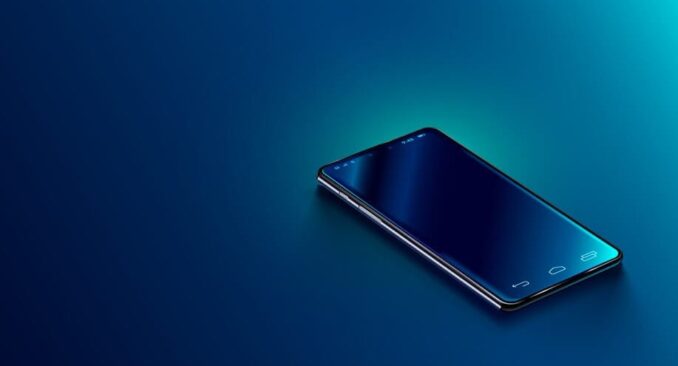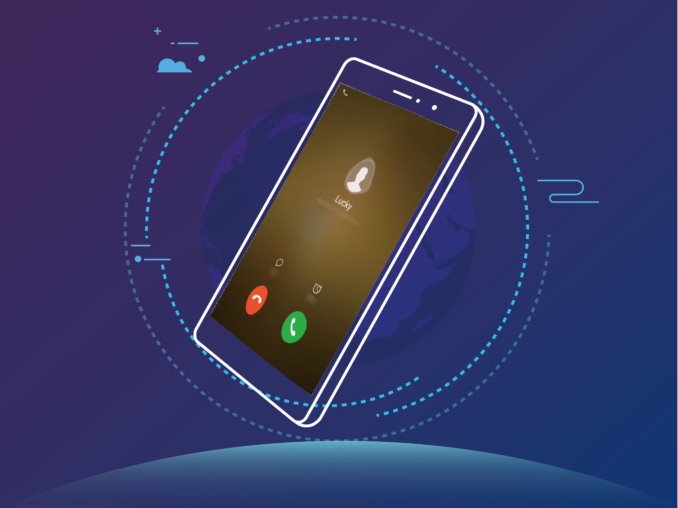You’re shopping for a phone card and you think they are all pretty much the same? Not quite, in fact buying a phone card can be quite tricky and choosing the wrong one will guarantee you overpaying sometimes by a surprising amount.
In this article, I will outline 3 main areas to look out for when purchasing your next phone card.
Let’s get started.
1. Find A Phone Card Service With Multiple Carrier Lines

Source:pinterest.com
Although phone cards offer super low calling rates, it is important to understand that these providers are using carrier lines provided by wholesalers this doesn’t mean that lines are of lower quality, but it may mean that some lines are better suited to specific countries and destinations.
This means that the phone card that you are using may be able to deliver a better signal to the Americas but you are making calls to Europe so the lines may not be as crystal clear or in some instance may not be able to connect at all.
When this happens you will need to call the phone card service provider to have them resolve this issue, this means they will need to switch that carrier line to a more reliable one for that specific zone.
Unfortunately, most phone card providers don’t offer multiple carrier lines which means you could be waiting days or weeks before the problem can be fully resolved if at all.
“The best phone card companies will have multiple carrier lines so they can resolve these issues that day in most cases” – Angus B. www.phonecardchoice.com.au
Obviously, if you are purchasing a phone card from a general retailer like newsagent, supermarket, etc. they are not going to know what a carrier line is let alone tell you whether or not the phone card they are selling you will have multiple lines available to fix your connection issue should that problem arise.
My recommendation is to seek out a phone card service, this means a retailer (online or offline) who specializes in selling phone cards.
This company will be able to answer this and other types of questions.
2. Pay attention to billing increments

Source:pinterest.com
Naturally, most consumers are not educated on how to buy products and services and because of this will typically rely on price as their main buying criteria.
Obviously, this is a terrible way to go about purchasing anything since it is only one factor and is typically the least important one once you educate yourself on the product or service you are looking to purchase.
In the case of phone cards one of those key buying factors is not the “price per minute” but actually the “billing increments”.
The price per minute is easy to understand and because of this is the main marketing tool used by phone card service providers.
What customers will miss almost every time is the billing increment, that is how often is your phone card charged.
Is it every minute? Every 2 minutes? Every 4 minutes?
The higher the billing increment the higher the cost to the customer.
Here’s why, if you have a phone card that has a billing increment of 1 minute then you know exactly how much each phone call is going to cost you but what if the billing increment is 4 minutes?
Let’s say your phone card has a per minute rate of 2 cents but a billing increment of 4 cents, this means that every 4 minutes you will be charged 8 cents, which means if your call only lasts 1 minute you are in fact charged for that entire 4 minute block, i.e. your call was not 2 cents but actually 8 cents.
Chances are your calls will last longer than 1 minute but the point is unless you are going to end your call on the 59th second at the end of the billing increment you are going to be losing money and those costs add up, you will find that you are not actually paying 2 cents per call but possible 4 cents per call.
Billing increments are just one of the ways some phone card companies pad out their profits.
My recommendation is to find cards with billing increments anywhere from 1-3 minutes obviously one minute being the best.
3. Avoiding hidden fees
Most services come with hidden fees, for example whenever I get food delivered I need to pay some sort of delivery or admin fee so this is something most people are used to, the goal here is to be aware of those additional fees and avoid the companies that are being unreasonable in this area.
The 3 main fees you are going to see from phone card service providers are:
- Connection fees
- Reactivation fees
- Daily service fees
Let’s take a quick look at each.
Connection fees

Source:consumer-tkb.huawei.com
Connection (or disconnection fees) is a small fee that is charged to your phone card at the beginning of each successful call connection in other words, you were connected to either a person or voicemail.
The disconnection fee works in a similar way but the fee is charged at the end of a successful call.
On the surface this may seem like a scam but in a lot of cases these cards will in fact offer a cheaper calling rate – I’d only recommend using these types of phone cards if you are making calls that are longer in duration to counter balance the cost of that connection, sometimes the savings can be huge depending on where you are calling to.
Daily service fees
This is arguably the worst type of fee there is since you are charged for no other reason than the phone card company wanting more money from you.
A daily service fee is a small charge that is deducted from your phone card at regular intervals it could be daily, weekly or monthly.
This fee will be deducted from your phone card whether you are using your phone card or not.
My advice here is simple, unless the phone card company is offering something that the other phone card companies are not and that thing they are offering is a great value add then I’d avoid these companies altogether.
Read the small print, ask the retailer, and find out if your phone card has any kind of regular surcharges or fees.
Reactivation charges

Source:atg.wa.gov
Sometimes when you have been a bad customer companies will take it upon themselves to punish you for your bad deeds.
In this case you have let your phone card expire (how dare you) and now you will have to pay the price.
Welcome to the reactivation fee.
Sometimes life happens and your phone card expires but then you need to use it again and get access to the balance that is likely still on the phone card.
Typically to reactivate your phone card you will need to recharge it, once you have recharged your phone card then you can start using it as per normal.
But in this case, you will be charged an additional fee.





